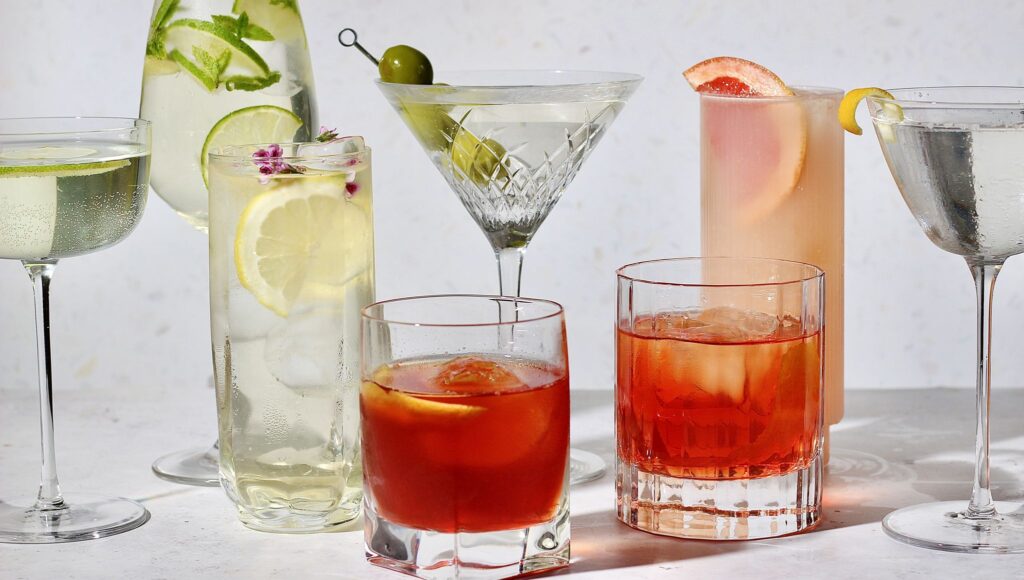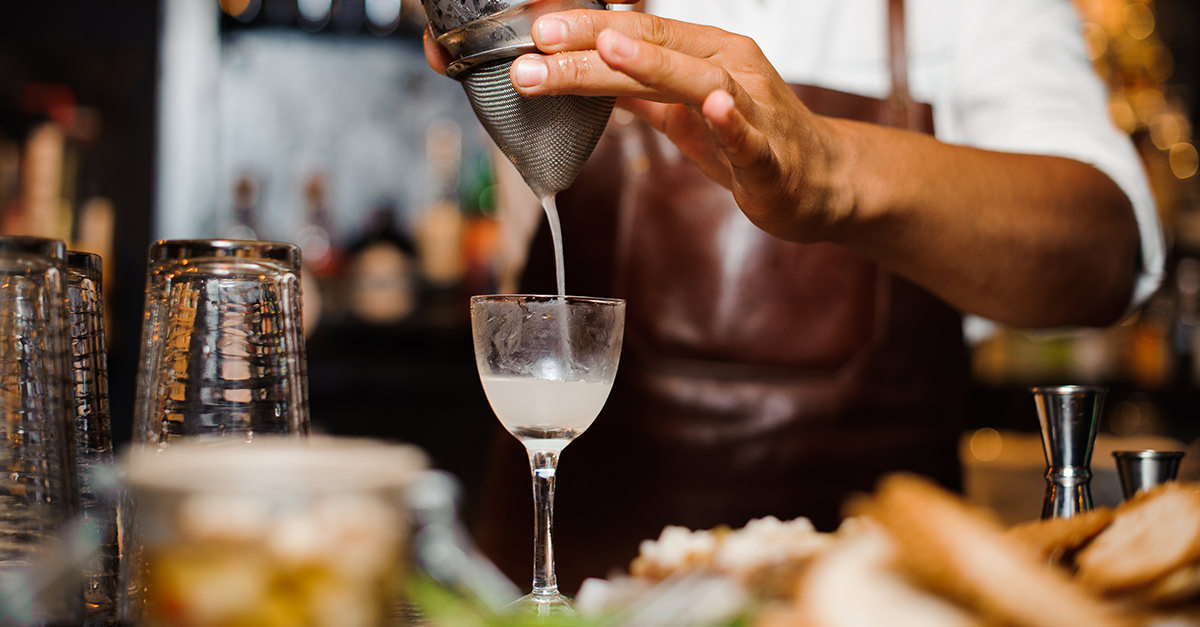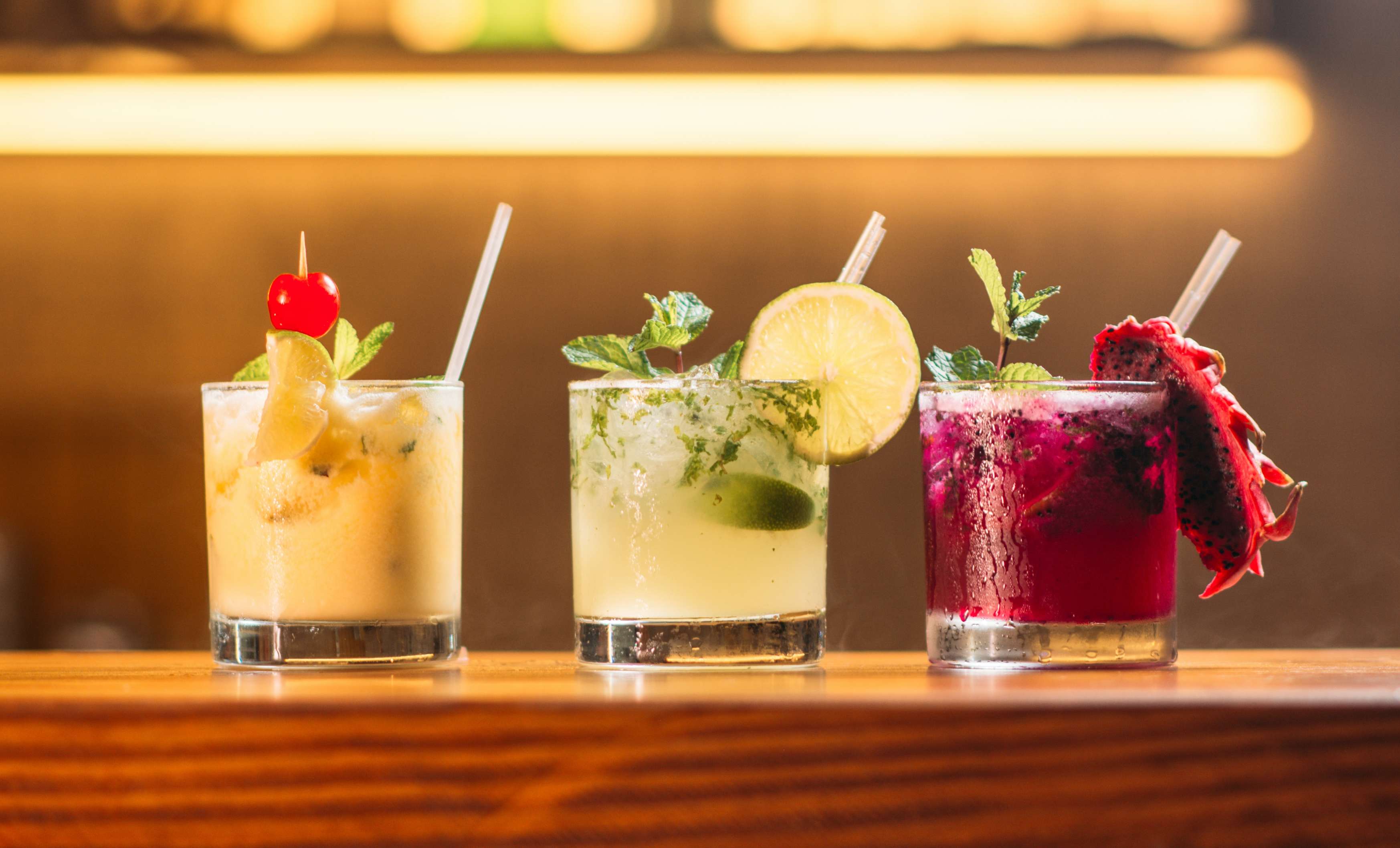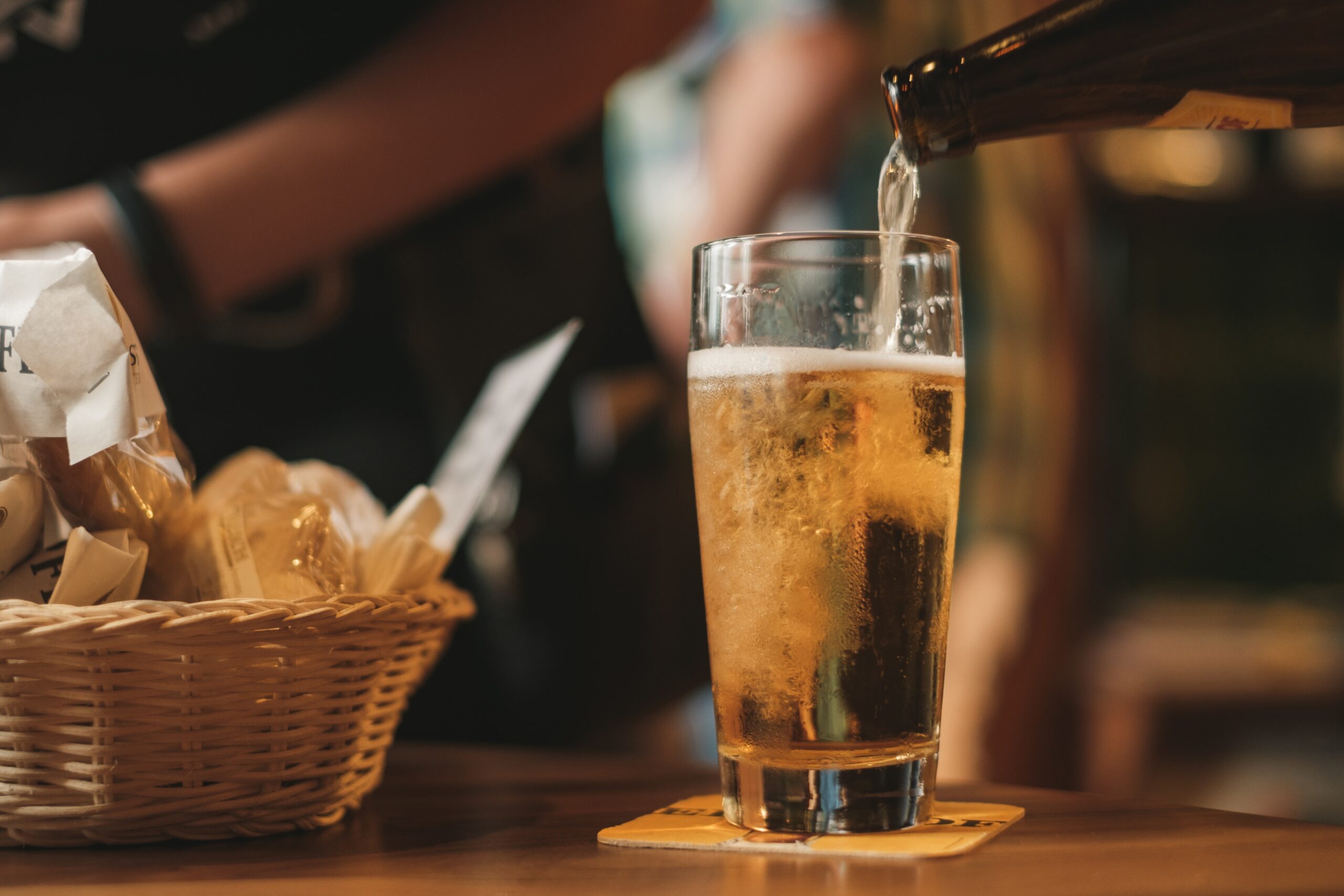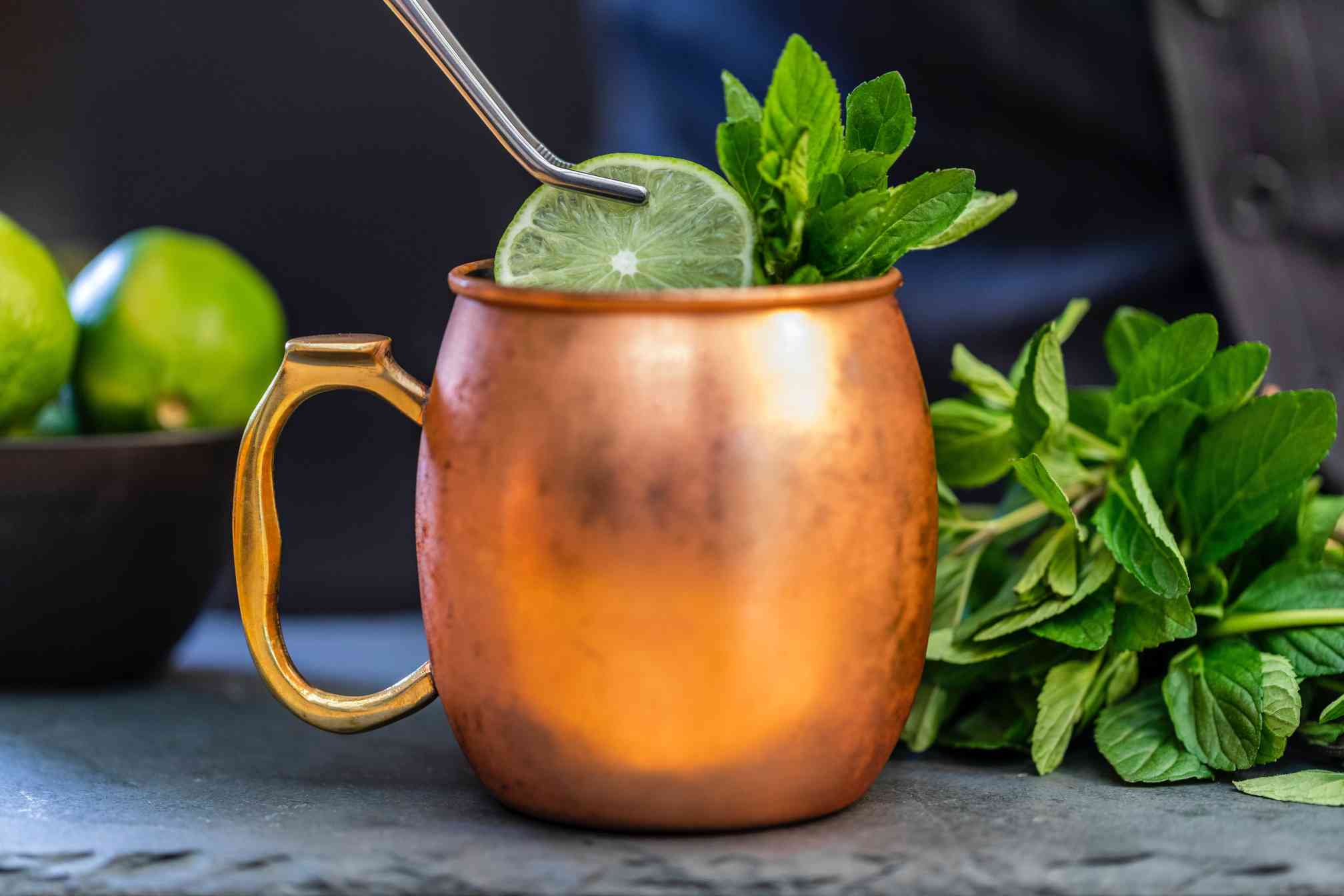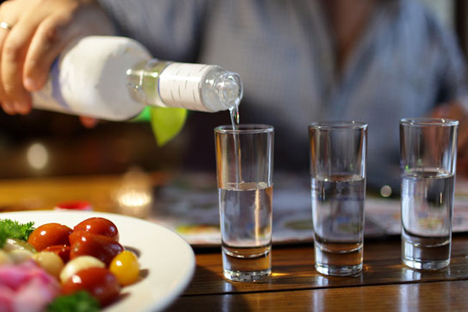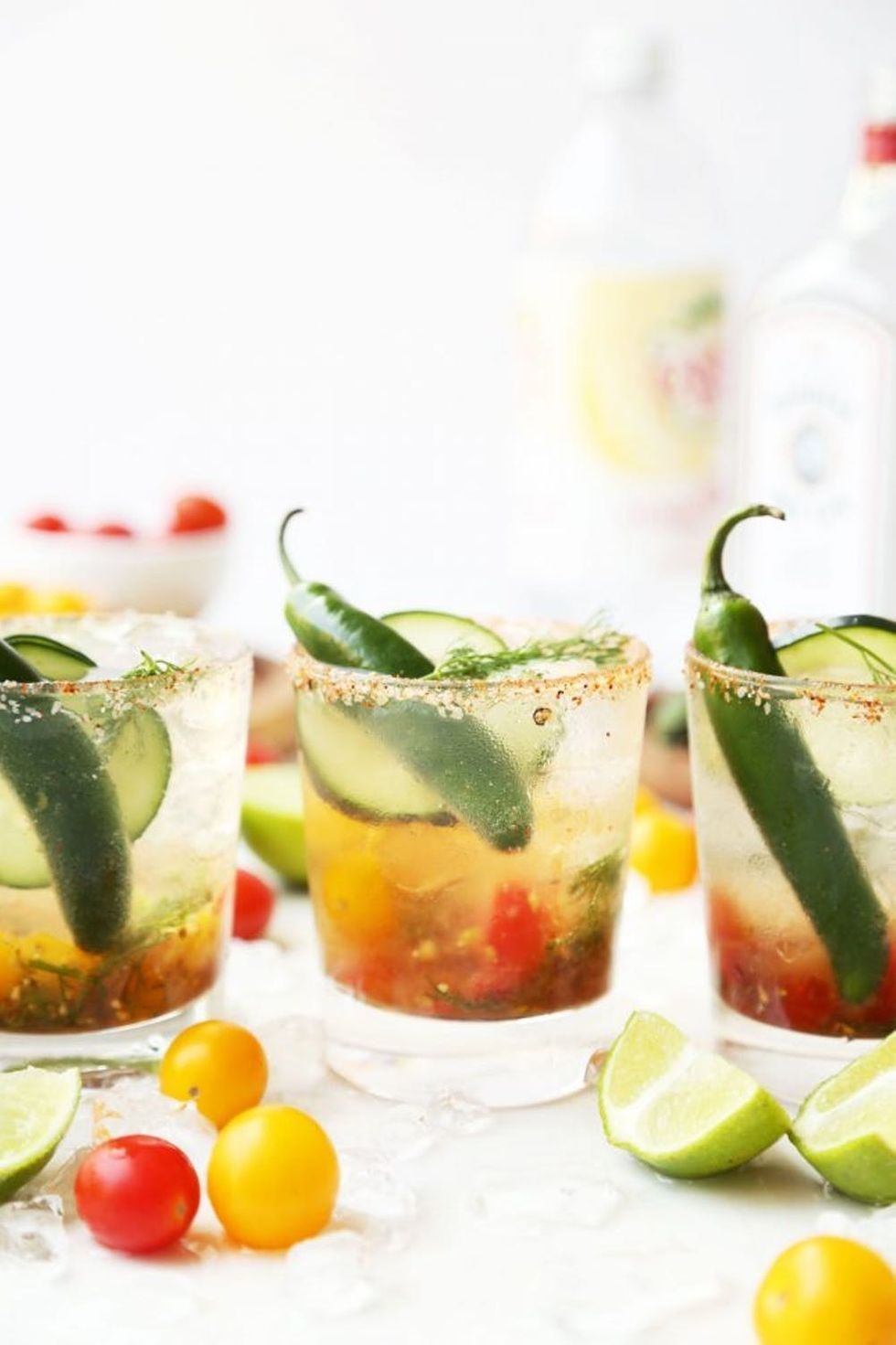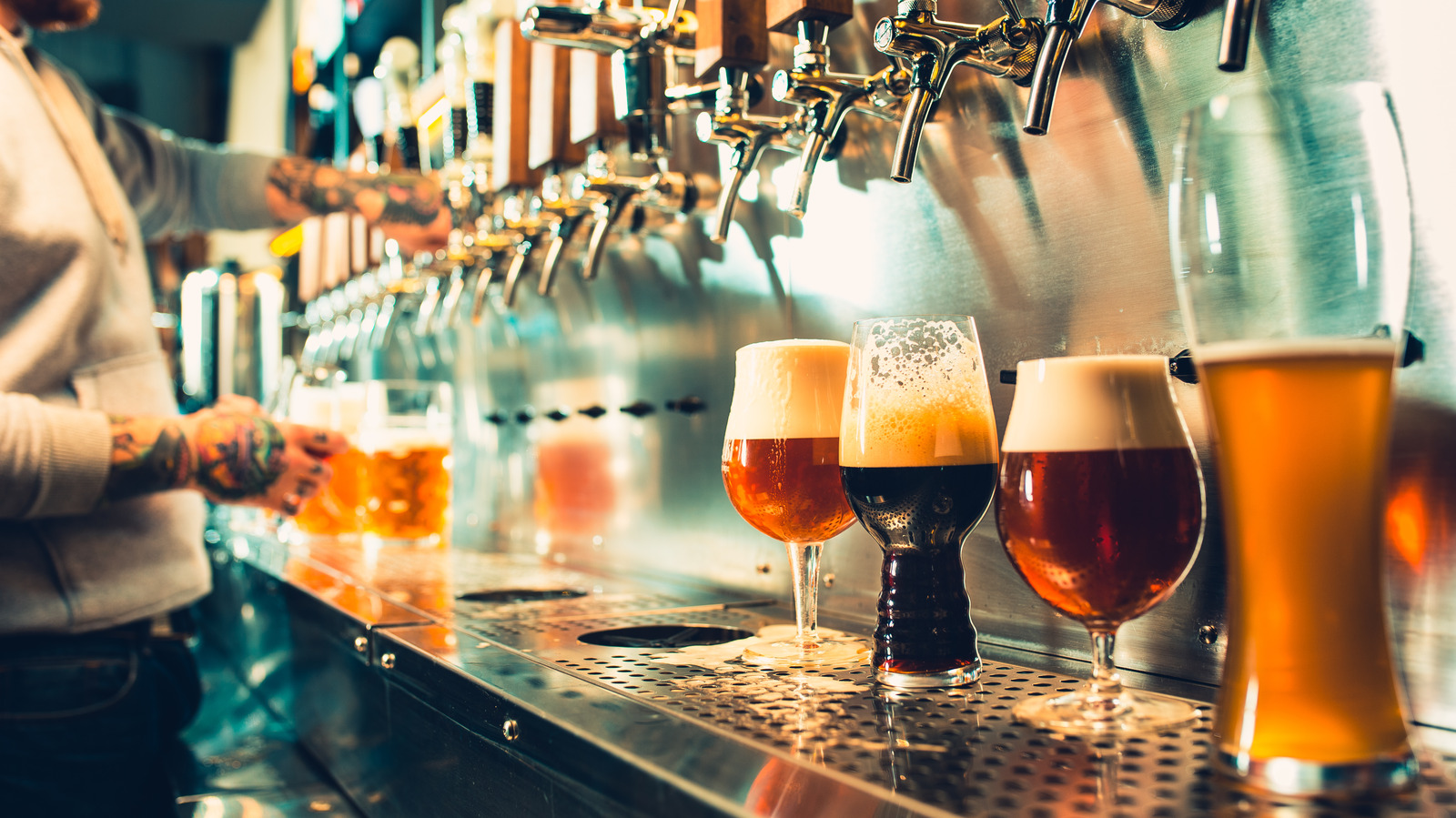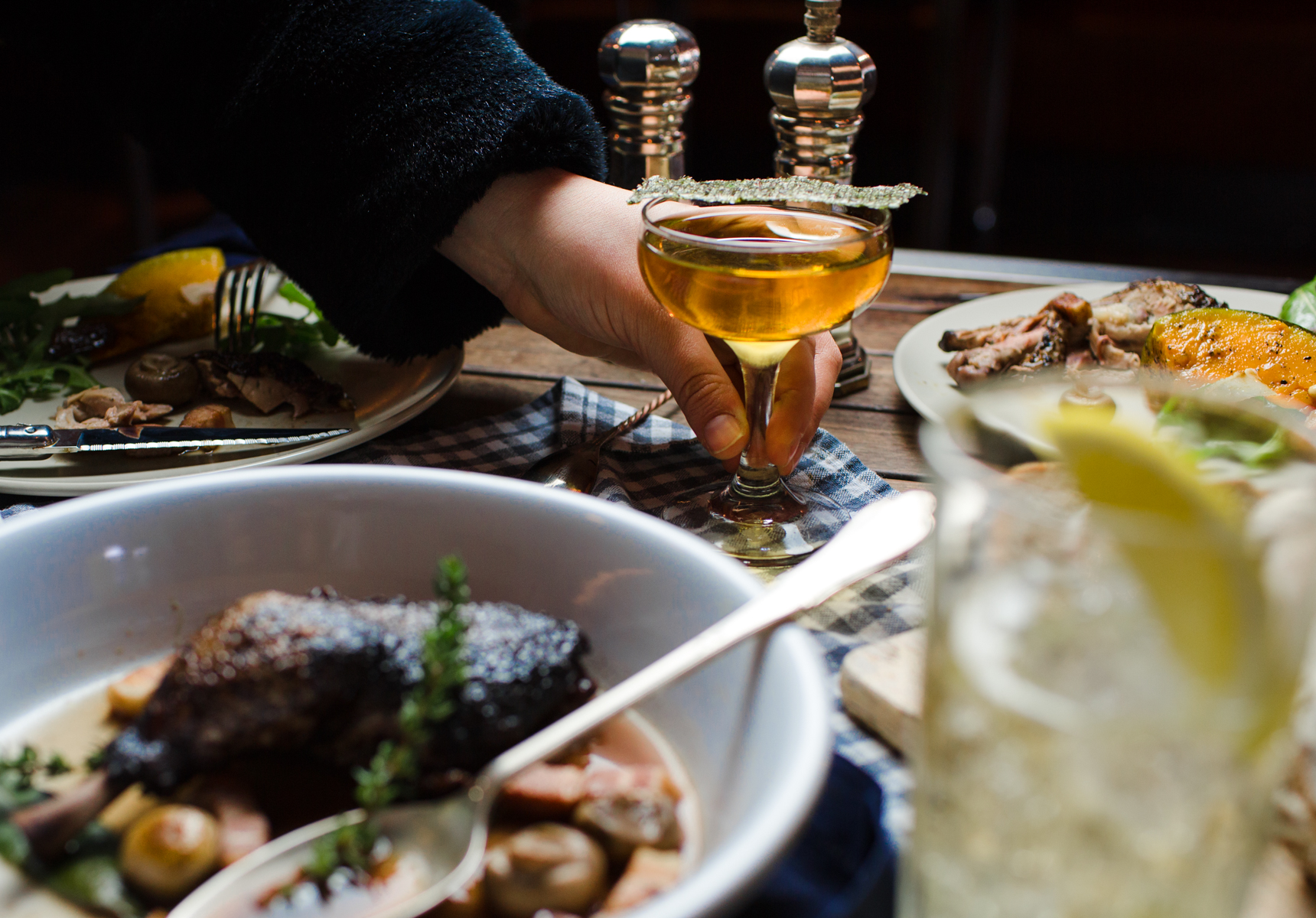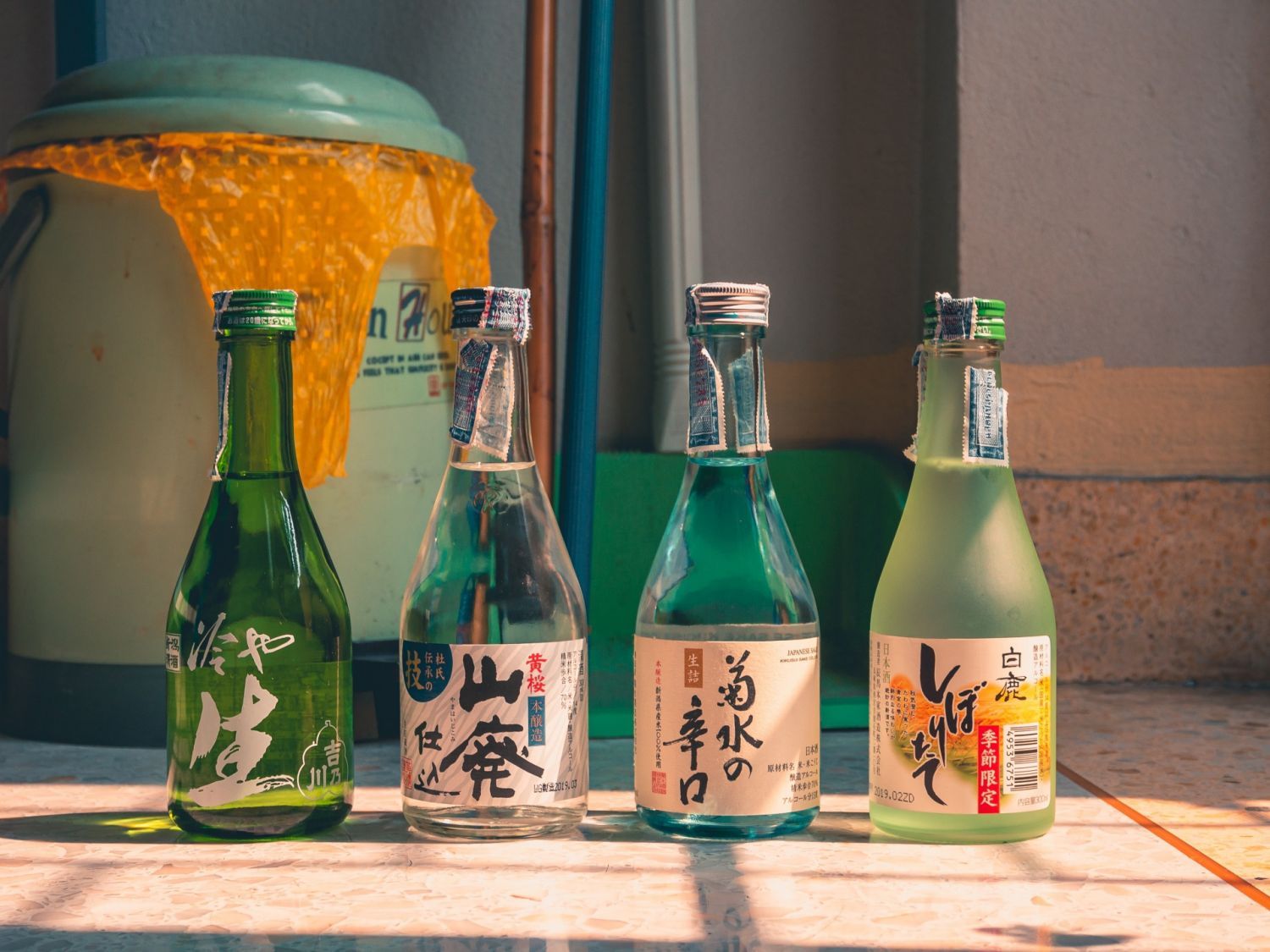Imagine this: you’re sitting in a charming Parisian café, the sun is setting, and you’re sipping on a delicious, herb-infused drink that’s stimulating your appetite. What is this magical elixir, you ask? It’s an apéritif! But what is it exactly, and why does it continue to captivate our taste buds? Continue reading to know more!
What Is An Apéritif?

Italy is not only known for its historic architecture, romantic landscapes, and delectable cuisine, but also for its vibrant drinking culture. History shows that this country knows how to prepare their taste buds before sitting down for a feast. Dating back as far as the 18th century, King Vittorio Emanuele II of northwest Italy knew how to kick off his evenings with style.
He made the vermouth his pre-dinner drinking habit. But, you can trace the earliest of apéritifs in 1796, when Italian distiller Antonio Carpano crafted the first sweet vermouth in Italy. Over the years, Joseph Noilly of France built on the recipe and created the first dry vermouth.
For our linguistic grads, apéritif comes from the Italian word “Aperitivo,” a literal translation of the word “appetizer.” Easy to remember, right? When you travel to Italy, you’ll find that an apéritif is an important part of Italian tradition. It’s a type of custom where folks enjoy a drink with a salty snack while imbibing the warm breeze on the verandah.
An apéritif prepares the stomach and opens the palate to relish every morsel of food. But how would you distinguish an apéritif from other types of alcohol? The process to find out is pretty easy as this pre-dinner drink has a character of its own.
Characteristics Of An Apéritif
There are a plethora of apéritifs available in the market. Nonetheless, all of them share these main characteristics so keep them in mind:
- Dry Taste: Sip an apéritif and you’ll find that its flavors have a dry, bittersweet, or herbal taste. They don’t have high sugar content, but if you need a tad of sweetness, add a simple syrup or a sweet liqueur.
- Low Alcohol: The amount of alcohol in your system can impact your hunger levels, which is why apéritifs typically have an alcohol content below 25%. However, certain apéritifs like Campari and gin have higher alcohol content but are intended to be combined with other ingredients when making a cocktail.
- Can Be Either Alcoholic Or Non-alcoholic, But Most Contain Some Alcohol: While apéritifs are often alcoholic, there are also non-alcoholic versions available. However, most apéritifs contain at least some alcohol.
Also Read: What Is Liqueur? Everything You Need To Know
Cultural Significance of the Apéritif
Although there is a growing trend of bars focused on serving apéritifs globally, the culture of apéritifs varies across different countries. In France, wine is commonly served during apéritif and is usually accompanied by peanuts, olives, cheese, and meat.
In Spain, people typically enjoy their drinks, such as sangria or vermouth-based cocktails, with tapas. While in Portugal, port wine may be used as the cocktail’s base ingredient. In Italy, Aperol Spritz is a popular apéritif drink that is often served with antipasti.
Types Of Apéritifs
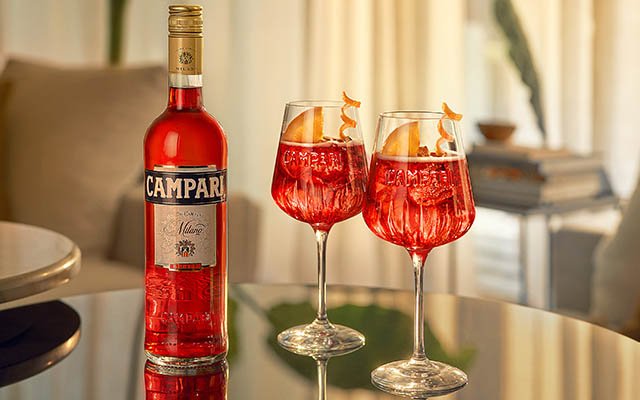
- Lillet: Lillet is a type of French apéritif wine that is infused with various citrus liqueurs. It comes in several variations, including Lillet Blanc, Rosé, and Rouge, which are based on different grape varieties. Lillet has a higher alcohol content than other apéritif wines. And it’s typically consumed chilled, either neat or with ice, as preferred by the French. Want to be one with the French? Give this apéritif a shot.
- Aperol: It’s a well-known and vibrant orange apéritif that is composed of various ingredients including gentian, rhubarb, and cinchona. It has a refreshing and citrusy taste. This makes it suitable for consumption either on its own or as an ingredient in cocktails such as the famous Aperol Spritz.
- Campari: Campari, an integral part of the Italian apéritif tradition, has a unique ruby red color and bitter taste. It is produced by blending various bitter herbs, spices, aromatic plants, and fruits with alcohol and water. It can be consumed either neat or with a touch of soda. Campari is frequently used in Italian cocktails such as Negroni and Bicicletta, where it plays a leading role.
- White Wine: If cocktails are not your preference, consider enjoying a glass of Sauvignon Blanc or Chardonnay during the aperitivo hour. Additionally, sparkling wines such as Italian Prosecco, French Champagne, or Spanish Cava are also excellent choices, particularly if they are brut or extra-dry.
- Fino Sherry: Fino sherry, a type of dry sherry wine, blends nicely with orange bitters, rhubarb botanicals, and other cocktail ingredients. While the dryness of Fino sherry may not suit everyone’s palate, it is an excellent choice for an apéritif because its lack of sweetness can suppress one’s appetite.
- Vermouth: Antonio Carpano invented fortified wine in the eighteenth century, and it’s utilized as a fundamental ingredient in cocktail recipes that are ideal for apéritifs. Although vermouth-flavored cocktails are better suited for digestifs, vermouth on its own can function effectively as an appropriate apéritif.
Also Read: Easy-To-Make Campari Based Cocktails For Beginners
How To Drink An Apéritif
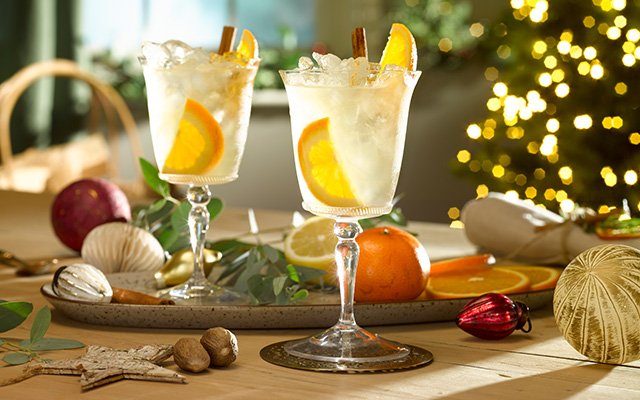
Drinking apéritifs before a meal is a common practice, typically around 30 to 60 minutes before eating. They’re typically served in small glasses that enhance their aromatic qualities, and you can have them on their own. That said, consider having them chilled or over ice, which can soften the flavor and bring out the aroma. Adding soda to apéritifs is also a popular way to enjoy them. Plus, tonic water is a great option for a fizzy apéritif as it contains quinine, which makes it drier.
Also Read: 8 Iconic Movie Cocktails You Need To Try Right Now
Summing Up
Apéritifs are a beloved tradition in many cultures and have a rich history and cultural significance. Whether enjoyed on their own or as the base of a cocktail, they serve an important purpose in stimulating the appetite and preparing the digestive system for a meal. So next time you find yourself enjoying a Negroni or a spritz, raise a glass to the longstanding tradition of the apéritif.
FAQs
What Is An Apéritif?
An apéritif is a type of alcoholic beverage, typically dry or fizzy, that originated in Italy and is traditionally consumed before a meal. The term “apéritif” is derived from the Italian word “Aperitivo”, which means “appetizer.”
What Is An Example Of An Apéritif?
Dry vermouth, white wine, and bitter drinks like Campari are among the classic apéritifs. Additionally, pre-dinner cocktails like martinis, gin and tonics, spritzes, and negronis are also excellent choices.
Is Whisky An Apéritif?
Here’s an easy way of determining whether a spirit is an apéritif of a digestif. Clear spirits (gin, tequila, vodka) are apéritifs, meaning you can have them before a meal. On the other hand, dark spirits (rum, whisky, brandy) are digestifs, which are best had after a meal.
Is Beer An Apéritif?
Beer can be considered an apéritif since its bitter taste stimulates appetite. Also, its low alcohol content means that you can consume it with an empty stomach in small amounts.
What Food Goes With Apéritif?
Cheese plates, salads, peanuts, bread, and charcuterie are some of the many foods that can be paired with an apéritif.
